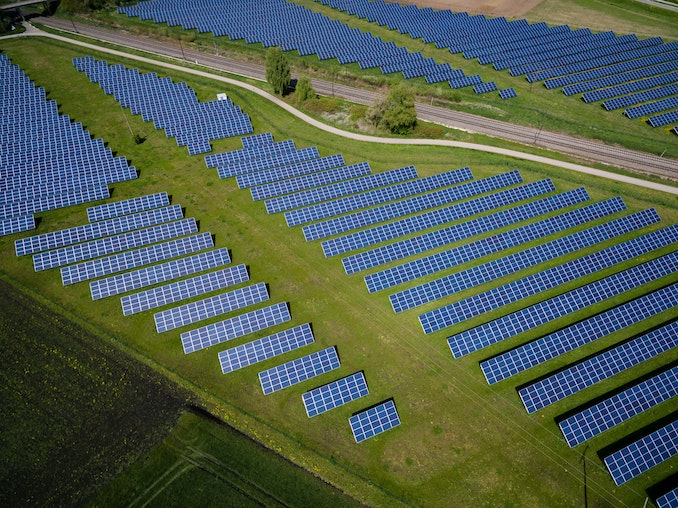As we move into the future, one of the most pressing issues we’ll have to face is our reliance on fossil fuels. Not only is this environmentally devastating, but it’s also costly and unreliable. One solution to this problem is energy storage systems. These systems allow us to store energy from renewable sources, such as solar or wind, and use it when we need it most. In this blog post, we’ll explore the best solution for energy storage systems and tell you everything you need to know about them.

Types of energy storage systems
There are many different energy storage systems, each with unique benefits and drawbacks. Here is a brief overview of the average cost of fire suppression systems:
1. Battery systems: Traditional batteries are made up of large, expensive batteries that store electricity produced by solar or wind power. These systems can be helpful in times of high demand, such as during peak hours when electricity prices are highest, but they can also be slow to react and less reliable in periods of low demand.
2. Fuel cells: They use hydrogen gas and oxygen from the air to create electricity, making them more environmentally friendly than traditional battery systems. However, they’re expensive to build and maintain and don’t work well in cold climates.
3. Solar panels: Sunlight is converted into electricity using photovoltaic (PV) panels. This system is becoming more popular due to its low cost and easy installation. However, PV panels only generate power during daytime hours, which means they’re not ideal for storing energy at night or during cloudy weather conditions.
4. Thermal storage: Thermal storage uses large quantities of ice or water to keep energy stored for short periods (usually less than an hour). This technology is often used in conjunction with other renewable energy sources like solar or wind power to smooth out fluctuations in those sources’ output.
5. Biomass fuel cells: A fuel cell that uses organic materials like wood or waste to create electricity. This technology is becoming more popular due to its low cost and potential for long-term use. However, it still has some limitations, including difficulty storing large amounts of energy and limited availability of organic materials.
Advantages and disadvantages of energy storage systems
There are a few benefits and disadvantages of energy storage systems. The most important use is that energy storage systems can help to stabilize the grid by helping to keep the electricity supply consistent. This can be especially important during peak demand when the grid becomes overloaded.
However, energy storage systems can also create spikes in electricity prices when they are used to provide temporary relief from high demand. This is because electricity stored in an energy storage system is released when demand reaches a certain level, which causes prices to spike for a brief moment.
The solution for energy storage systems is to provide temporary or long-term backup power for critical facilities or appliances. This can include things like hospitals, factories and data centres.
Overall, energy storage systems offer some important benefits and drawbacks that should be considered before installing them on grids worldwide.
